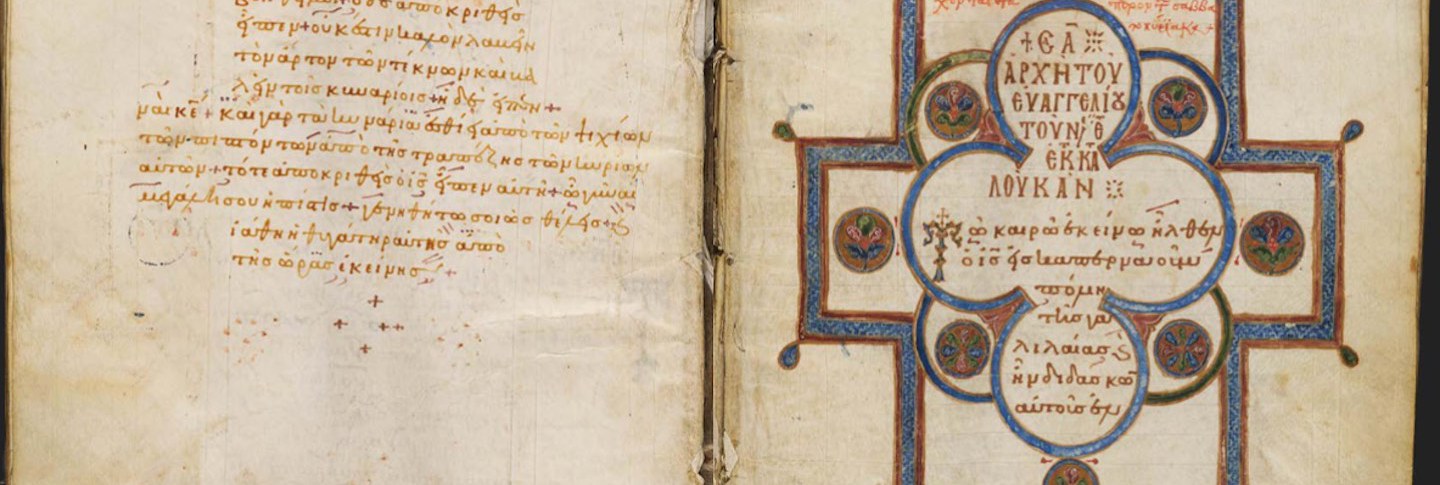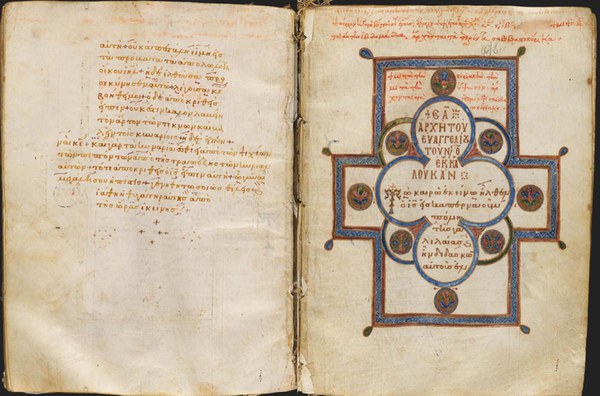Mildred and Robert Woods Bliss acquired the first manuscript for the museum in 1939. Over the years, the holdings have come to include four Greek manuscripts, one Georgian manuscript, three illuminated leaves from Greek manuscripts, one illustrated leaf from an Armenian manuscript, and four papyrus fragments with Greek writing. Further information about these holdings may be found here.
Open Our Manuscripts
Illustrated manuscripts are not simply texts. Neither are they simply a series of images. They are objects which combine text and image into a visual and verbal tool with particular uses and behaviors. We experience books sequentially by turning the pages. We can only experience a real book as openings, and then only one opening at a time.
The manuscripts in the Byzantine Collection available as digital facsimiles are listed below, along with links to the library catalog records and further information on the museum website.
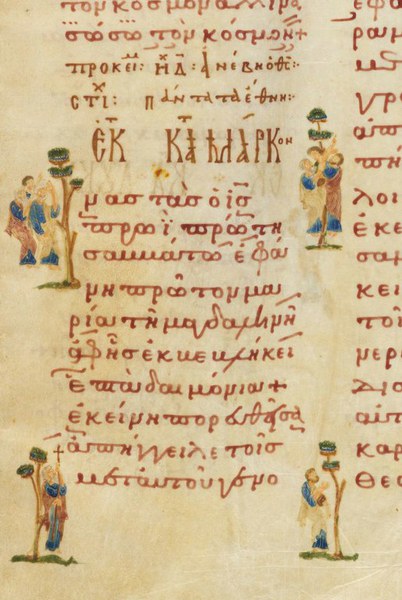
Gospel Lectionary with Marginal Illuminations
Dumbarton Oaks MS 1, BZ.1939.12
Gospel lectionaries compiled episodes from the life of Christ, not in natural narrative order, but in the order they were read according to the liturgical calendar, beginning with Easter. One intriguing aspect of this manuscript is that there is a radical change between folios 41 and 42 from the more common columns to a text block in the shape of a cross, a form known only in a handful of surviving lectionary manuscripts.
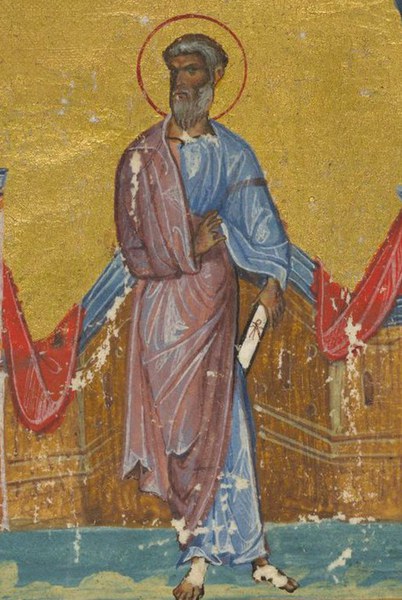
Psalter and New Testament
Dumbarton Oaks MS 3, BZ.1962.35
Compact manuscripts such as this one were primarily produced in the eleventh and twelfth centuries, as expressions of personal piety. Dumbarton Oaks’ MS 3, combining the Psalter, Odes and New Testament in a single column, is a luxurious, generously illustrated book with much of the text written in gold. It includes a table with dates for Easter for the years 1084 to 1101, and so can be dated with confidence to 1084.
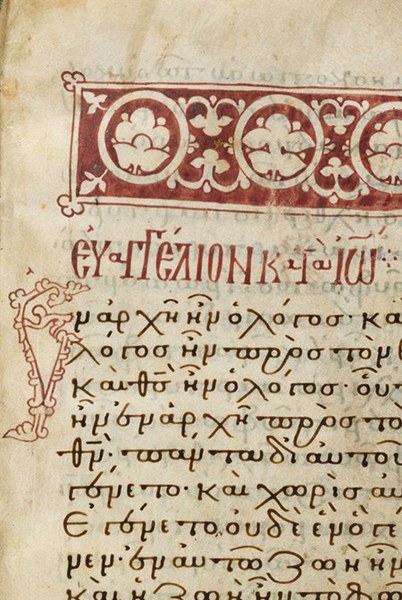
Gospels of Luke and John
Dumbarton Oaks MS 4, BZ.1974.1
This Gospel book contains only Luke and John, and so was perhaps part of a two-volume set. Scholars originally dated it to the later twelfth century based on the style of the paintings. More recent palaeographical study has indicated that the text is written in an archaizing script of a kind that was current in the latter half of the thirteenth century. This suggests that we may need to reevaluate the earlier date, given that the miniatures appear to be later additions.
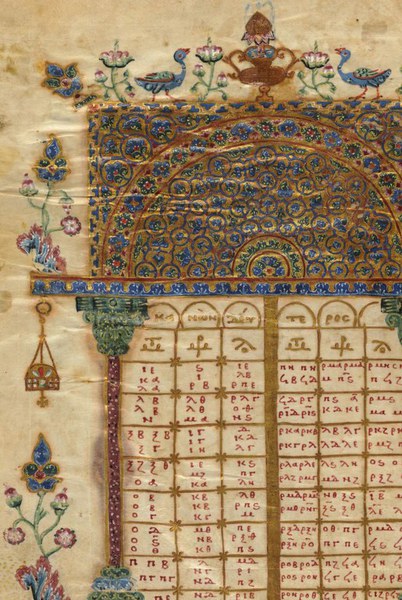
Gospels in Greek with Canon Tables and Prologues
Dumbarton Oaks MS 5, BZ.2009.033
This twelfth-century Greek manuscript is a fine example of a complete middle Byzantine Tetraevangelion. It contains a full set of elaborately decorated canon tables, Eusebios’ letter to Carpianus explaining the canon tables, chapter headings for each gospel, evangelist portraits, and the text of each gospel. Five folios have full page illuminations—Christ enthroned and the four Evangelist portraits—with figures painted against framed gold backgrounds.
